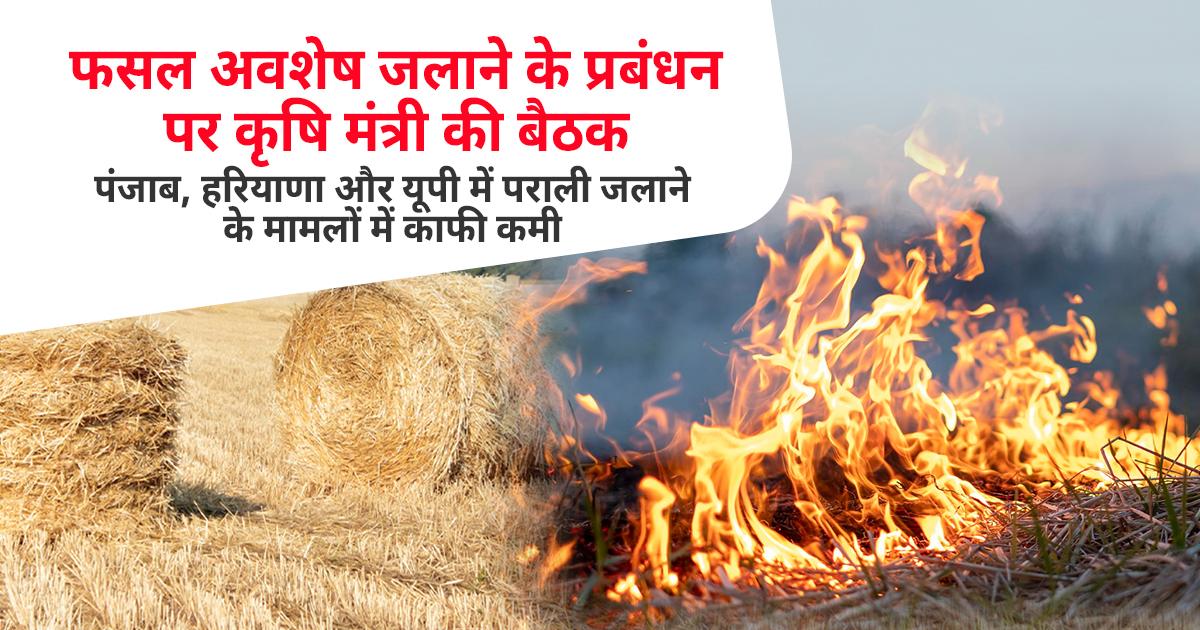
Burning stubble is harmful to both the environment and health. By avoiding this practice, we can protect both. Stubble burning has become a significant issue in Indian agriculture, impacting the environment and farmers alike. After harvesting the Rabi and Kharif crops, the practice of burning leftover stubble in fields leads to a rapid rise in air pollution.
When farmers burn stubble, the smoke released contains 70% carbon dioxide, 7% carbon monoxide, 0.66% methane, and 2.09% nitric oxide, along with other gases. These pollutants cause atmospheric changes and severely impact human health. The smoke travels far and wide, worsening respiratory conditions, especially for asthma patients. Smoke also causes the extinction of beneficial insects and birds essential for farming and environmental balance. Furthermore, stubble burning depletes organic components in the soil that help maintain its fertility.
Agricultural scientists have recommended using various machines to manage crop residue effectively in the fields. The government of India and the Punjab government provide subsidies for these machines to help farmers adopt stubble management techniques. Options like mixing stubble into the soil to create organic compost, generating biogas, or producing electricity from stubble are viable, eco-friendly alternatives. These methods protect the environment and provide economic benefits to farmers.
Scientists suggest that in the paddy-wheat cropping cycle, allowing paddy stubble to decompose in the soil can enhance wheat crop yield, improve soil health, and reduce fertilizer consumption. Machines like the Happy Seeder, Super SSS, Chopper, Mulcher, and Reversible Plough help manage stubble effectively in fields. After paddy harvesting, farmers can use the Happy Seeder to sow wheat without removing or burning stubble, preserving soil health. Alternatively, using a chopper followed by light watering and a rotary paddle or rotavator allows farmers to incorporate stubble into the soil, enhancing soil nutrients for the next crop.
Read More... Action Against Crop Residue Burning: Campaign Launched to Improve Air Quality in Bhopal